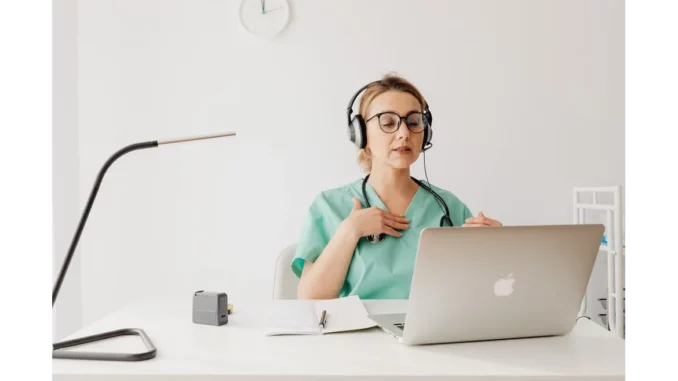
In an era where technology is intricately woven into the fabric of daily life, the medical sensors market emerges as a paragon of innovation and practicality. Recently, I engaged in an enlightening conversation with Dr. Emily Harrison, an experienced biomedical engineer who has devoted the past decade to the development and implementation of these transformative devices. Our discussion illuminated not only the technical advancements of medical sensors but also their profound impact on the healthcare industry.
Dr. Harrison began by detailing the evolution of medical sensors from rudimentary monitoring tools to sophisticated devices that provide real-time data on a variety of physiological parameters. Her enthusiasm was unmistakable as she described, “The last ten years have witnessed a remarkable surge in the capabilities of medical sensors. What began with basic heart rate monitors has evolved into a comprehensive suite of devices capable of tracking everything from glucose levels to brain activity.” The breadth of application for these sensors is expansive, serving both hospital environments and home-based healthcare solutions. Dr. Harrison recounted compelling instances where these sensors have markedly enhanced patient outcomes. She shared, “I recall a case involving a patient with a chronic heart condition. A wearable sensor detected abnormal heart rhythms early on, prompting immediate medical intervention. It essentially saved the patient’s life,” underscoring the life-saving potential of these technologies.
Beyond individual cases, Dr. Harrison highlighted the broader implications of sensor technology. In clinical settings, these devices facilitate continuous patient monitoring without the need for invasive procedures. This not only enhances patient comfort but also enables healthcare professionals to make swift, informed decisions. Moreover, the integration of sensors into hospital systems has streamlined operations, enhancing efficiency and alleviating the burden on medical staff. The conversation then pivoted to the pivotal role of medical sensors in chronic disease management, a rapidly growing field of interest. Dr. Harrison noted that conditions such as diabetes, hypertension, and sleep apnoea can be effectively managed through continuous monitoring. “Patients are empowered with data,” she explained. “They can track their condition in real time, make lifestyle adjustments, and consult with their healthcare providers armed with tangible information.”
However, the journey to widespread adoption has not been without challenges. Dr. Harrison candidly discussed the hurdles faced in the developmental stages. “Early prototypes were often bulky and uncomfortable for patients. It required several iterations and collaboration with multidisciplinary teams to refine these devices into the sleek, functional tools we see today,” she admitted. Addressing privacy concerns is also crucial, as these devices collect sensitive health data. “Ensuring data security is paramount. We must balance innovation with ethical standards to maintain patient trust,” she emphasised.
Our discussion naturally ventured into the promising future of the medical sensors market. Dr. Harrison expressed optimism about the industry’s trajectory. “With advancements in artificial intelligence and machine learning, the potential for predictive analytics is enormous. We’re moving towards a model of preventive care, where sensors not only monitor but also predict potential health issues before they manifest,” she envisioned. As our conversation drew to a close, Dr. Harrison reflected on the personal fulfilment she derives from her work. “Being part of a field that directly impacts lives is incredibly rewarding. Every day, we’re pushing boundaries and redefining what’s possible in healthcare,” she concluded.
The insights shared by Dr. Harrison paint a vivid picture of a dynamic industry at the forefront of medical innovation. The rapid expansion of the medical sensors market underscores a broader trend towards personalised, data-driven healthcare that prioritises patient outcomes and quality of life. As technology continues to advance, the possibilities appear boundless, offering a glimpse into a future where healthcare is more accessible, efficient, and effective than ever before. The integration of such technology not only promises enhanced patient care but also signifies a transformative shift in how healthcare services are delivered and experienced, propelling the industry towards a new era of medical excellence.


Be the first to comment